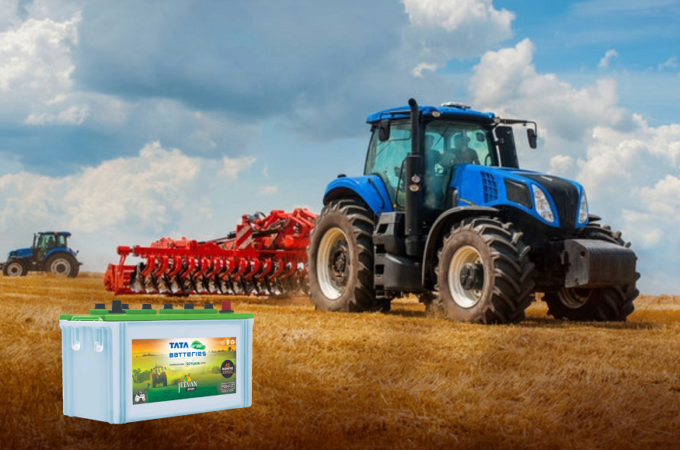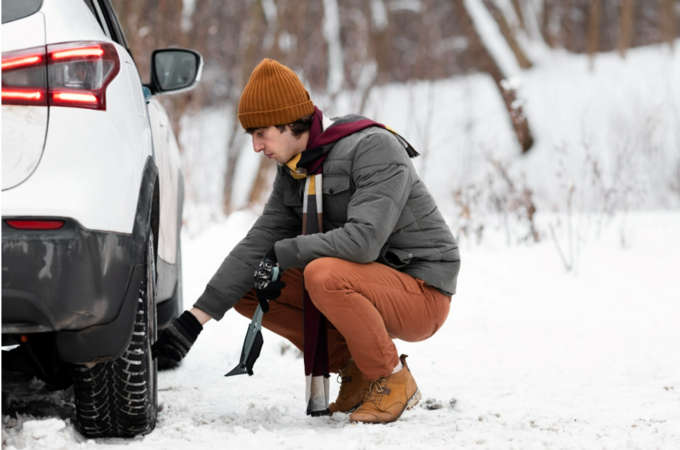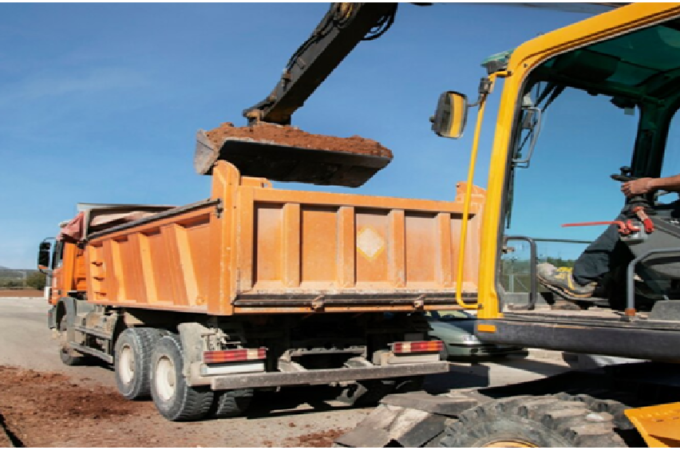
A Guide to Navigating Different Off-Road Terrains
Off-roading offers a thrilling way to explore rugged landscapes, but each type of terrain brings unique challenges and demands specific skills and equipment. Whether you’re traversing loose sand, sticky mud, or steep, rocky trails, knowing the appropriate techniques for each terrain is essential for a safe and enjoyable experience. This guide delves into various off-road terrains, from deserts to snowy paths, and provides essential tips for navigating them with confidence.
Sand: Maintaining Momentum and Tire Control
Driving on sand, particularly in deserts or beach dunes, requires techniques to prevent the vehicle from sinking and losing traction. Sand can be unpredictable, and it’s easy to get stuck without the right approach:
- Lower Your Tire Pressure: Reducing tire pressure is a well-known tactic for sand driving. Lowering your tires to about 15-20 psi increases their surface area, allowing them to “float” over the sand instead of digging in.
- Maintain Steady Momentum: Sand driving is all about balance. While speed helps keep you moving, too much acceleration can cause wheels to spin Keep a moderate, steady pace.
- Avoid Sharp Turns and Braking: Abrupt changes cause the vehicle to sink. If you start to feel the car bogging down, ease off the gas slightly to avoid getting stuck.
Practicing these techniques on smaller sand patches or trails can help you become comfortable with the unique challenges of sand driving.
Mud: Preventing and Recovering from Getting Stuck
Mud is one of the trickiest terrains to navigate, especially after heavy rains. Driving through mud requires special gear and techniques to keep control and avoid getting bogged down.
- Select Mud-Specific Tires: Tires designed for mud have deep treads to channel mud away from the tire, improving grip.
- Keep Up Speed but Avoid Spinning Tires: In mud, a slow and steady pace is key. While speed helps maintain momentum, avoid pushing the gas too hard.
- Stay in Established Tracks: If others have driven before you, staying in their tracks can provide better traction.
- Bring Recovery Tools: Mud requires a solid set of recovery gear. A winch is extremely helpful for self-recovery if you’re alone.
Driving in mud can be exhilarating but challenging. Always practice recovery techniques and consider off-roading with a buddy for added safety.
Rocks and Boulders: Emphasizing Precision and Control
Rocky trails and boulders require finesse, patience, and understanding of your vehicle’s limitations. Rock crawling, especially, is a technical skill that often tests even experienced off-roaders.
- Use Low Gear and 4WD: Low-range gears provide the control needed for navigating rocky terrain, preventing the engine from stalling.
- Plan Your Route Carefully: Before tackling a rocky trail, exit the vehicle and study the terrain. Look for the safest route.
- Upgrade Vehicle Protection: Skid plates protect critical components like the engine, transmission, and fuel tank.
Rock crawling is an advanced off-roading activity, so it’s wise to start on smaller, simpler trails to build confidence before tackling challenging routes.
Snow and Ice: Prioritizing Grip and Smooth Handling
Snow and ice add an entirely new dimension to off-roading, testing both the driver and the vehicle’s adaptability. Snow can conceal obstacles like rocks or ditches, and ice increases the risk of skidding and losing control.
- Use Appropriate Tires: Winter tires, or even snow chains, significantly improve traction.
- Adjust Tire Pressure Carefully: Like in sand, slightly lower tire pressure helps increase surface area, improving grip.
- Stay Prepared for Rapid Weather Changes: Snowstorms can suddenly reduce visibility and change conditions. Always carry emergency gear.
Navigating snow and ice requires patience. Practicing techniques beforehand helps ensure safety on winter trails.
Mixed Terrain: Adapting to Rapidly Changing Conditions
Mixed terrain trails, where sand, mud, rocks, and snow might be encountered in a single route, are a true test of adaptability. These trails require a combination of skills and quick decision-making to navigate safely.
- Be Prepared for Gear Shifts: Mixed terrain often requires rapid transitions between low and high gears.
- Adapt Your Tire Pressure as Needed: Adjusting tire pressure between sections can improve handling and safety.
- Pack Equipment for Versatility: Bring gear suited to multiple conditions—traction boards, a winch, and snow chains.
Navigating mixed terrain is both challenging and rewarding. It tests your skills across various conditions and requires readiness for rapid changes.
Additional Tips for a Safe Off-Roading Experience
For those new to off-roading or looking to improve their skills, here are a few additional safety tips:
- Learn and Practice Recovery Techniques: Whether in sand, mud, or snow, recovery techniques vary widely. Practicing these techniques in controlled environments will give you confidence when they’re needed on the trail.
- Know Your Vehicle’s Capabilities and Limits: Familiarize yourself with the features and limitations of your vehicle.
- Travel with a Buddy or in a Group: Solo off-roading can be risky. Traveling with a buddy or group ensures help is available if something goes wrong.
Final Thoughts
Off-roading is an adventure that requires preparation, skill, and respect for nature. Whether you’re tackling the sands of a desert, the mud of a forest trail, or icy winter paths, knowing the right techniques and gear to bring along ensures you’re ready for any challenge. Embrace the journey, practice adaptability, and enjoy the unique thrill of exploring diverse terrains. With experience and patience, you’ll find that each type of terrain offers its own rewards and excitement.





